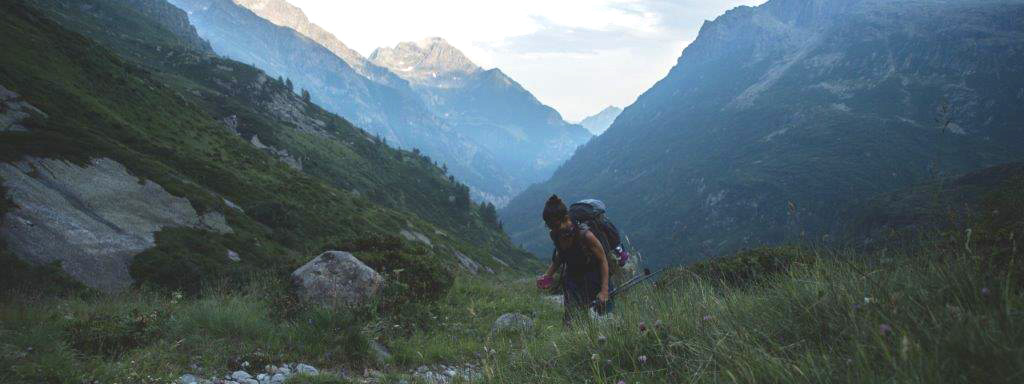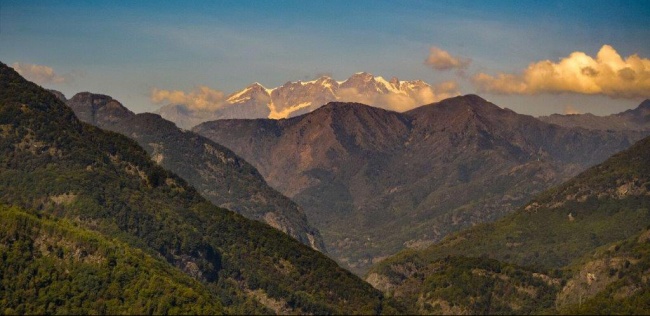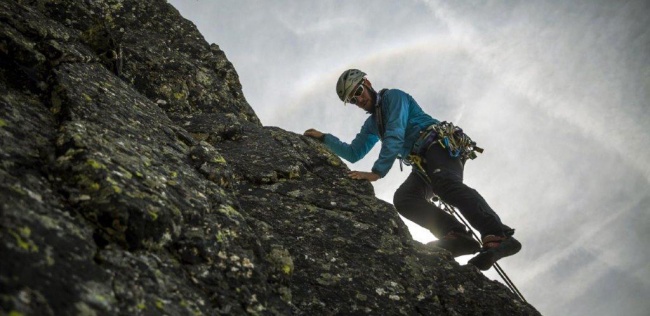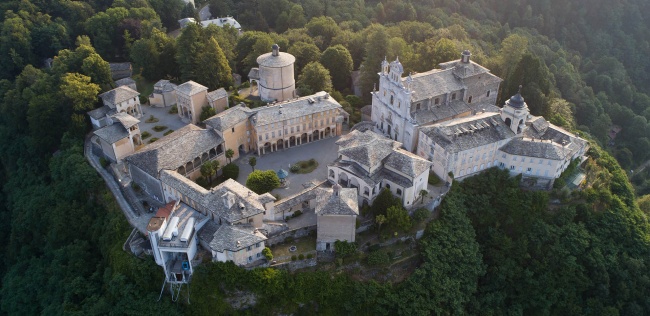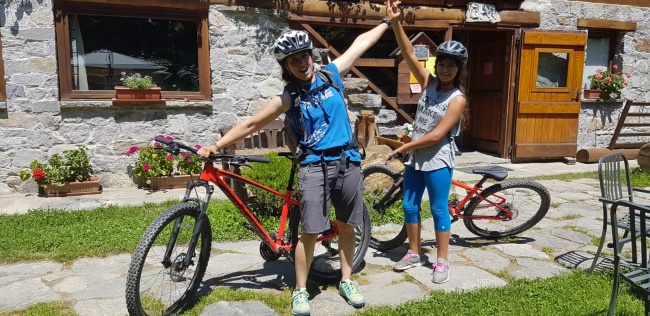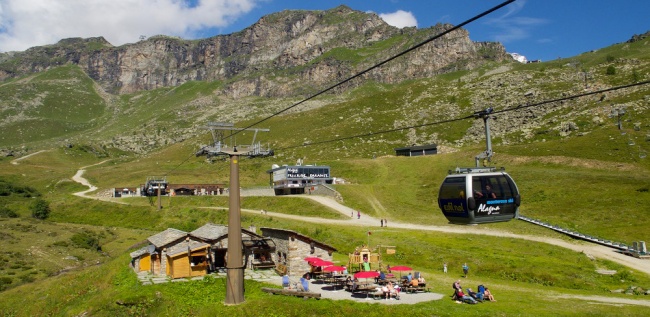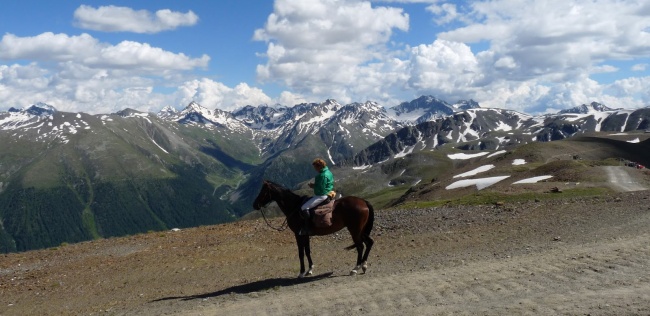Not only river sports
Greening the Valley of Italy, and to realize that this is not just an advertising slogan, just go at least once.
Valsesia offers a world to discover, to which many of us are no longer used, a world that has preserved its most authentic where nature provides a primary role and irresistible.
Valsesia is called the Great Valley, extending up to the Monte Rosa massif, the second European mountain that boasts the presence of highest refuge in Europe: Capanna Regina Margherita 4554 meters above sea level.
It borders the Lys valley, the valley Anzasca and Switzerland. It is not crossed, like other Italian valleys perhaps more famous, by any great way slider that joins with other nations or valleys, and for this feature to "lock down" resulting in isolation of local people in past centuries, which This valley was able to keep "intact" in time.
By the massive glaciers of Mount Rosa was born on the river Sesia, considered one of the most beautiful rivers in Europe, characterized by its crystal clear water and pure free flowing without the obstruction of artificial works.
Together with its tributaries the Sesia river is worldwide known by sports enthusiasts river and is now a few years the scene of the most important sporting events national and international.
The district has a number of Valsesia valleys intact from a naturalistic point of view, contributing with their torrents of water to feed the Sesia, creating more than a hundred kilometers of water that can be used for white water sports.
Thanks to its conformation Valsesia is a paradise for those who want to practice a healthy outdoor sports tourism, for those who love nature and who want to spend a holiday full of sport and relaxation. A paradise of white water that draws kayakers and river sports enthusiasts from around the world.
During the summer and spring are viable all outdoor sports: kayaking, rafting, hydrospeed, canyoning, inflatable Canoe, Mountain Bike, Trial, Horse riding, climbing, paragliding and trekking on the beautiful mountains Valsesia and the Monte Rosa massif until you reach the Refuge Center Capanna Regina Margherita 4.554 meters above sea level.
Lovers of sport fishing in the know Valsesia and its side valleys sections devoted to fly fishing, and another for live bait and / or artificial rich in species, some of whom returned for restocking purposes.
The winter is devoted to snow sports for which the Monte Rosa is famous throughout Europe and beyond, for its beautiful terrain.
Valsesia also is not just sports and nature, but also history.
Alagna, the last country in the valley at the foot of Monte Rosa, a long-lived isolated and unknown until the pastor Gnifetti, taking its ascended to the peaks of Monte Rosa and disseminating with its description of these beautiful places, began to promote awareness of this picturesque village in the valley and beyond.
The human presence in the territory is very old, you have found the remains of human settlements dating back to the Paleolithic caves in the middle of the mountain Fenera, an important archaeological site not far from Borgosesia. Among the first inhabitants of the valley are the Celts, proud and warrior people, who followed the Roman domination that led structures and institutions.
During the Middle Ages we found instead Lombards, Franks, the various lords and setting up a heavy yoke with feudal times of war by the bishops and municipalities of Vercelli and Novara.
Walser populations began to arrive in the basin of Alagna, where you can still admire their homes around the XIII century by Macugnaga and then nell'Alpe of Otro by Gressoney.
In the early years of the fourteenth century. Life in the valley was very agitated by the presence of Frà Dolcino and his followers, about 1400, which accused of heresy and war with the Vercellese and the Church, first took refuge in the area of Varallo and then Campertogno and Rassa.
Here we gave to the looting and pillaging to their livelihood, so it attracted the ire of Valsesiani, who tired of these looting began to fight them.
Valsesiani initially had the worst and ceased hostilities, but not the Campertognesi. The latter came almost to a diplomatic agreement that fades after the death of the young diplomat Campertognese Marco Miretti, killed by dolciniani believed that this event a trap. This fact turned even more so the souls of Campertognesi and Valsesiani that resumed fighting.
In March 1306 after a winter of embargo, the abandoned Dolciniani Valsesia to take refuge in the mountain Ribello Biellese through the step of Vasnera, where in the spring of 1307 capitalorono definitivamente.Dopo a century of relative peace under the Duchy of Milan, in the centuries XVI and XVII the valley was the scene of war and threatened by armies of mercenaries in the pay Spanish, French, Austrian and Savoy. In the eighteenth century. was permanently assigned to the House of Savoy experiencing a period of peace.


